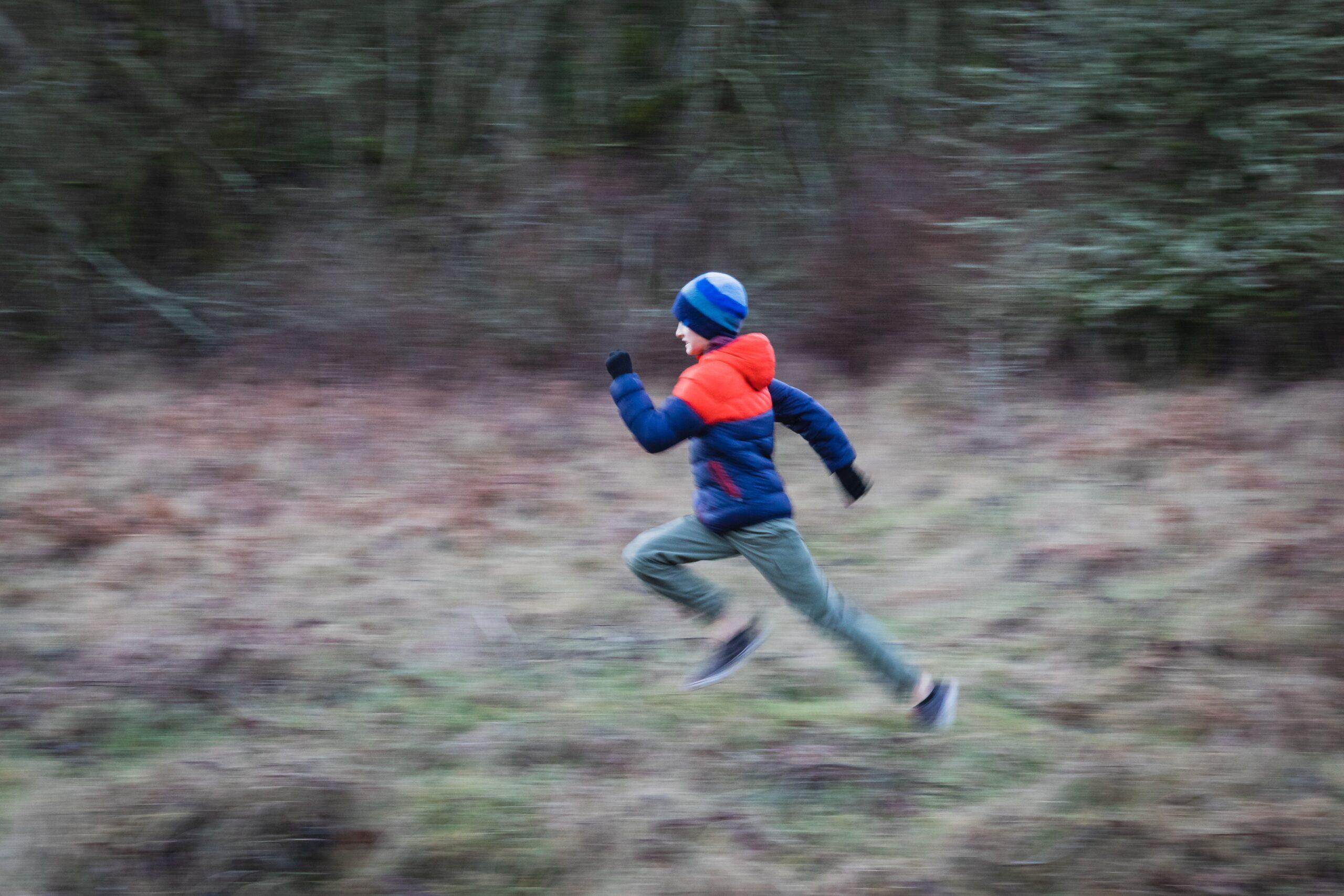Time spent playing outside is a critical component of healthy childhood development. It helps kids release energy, socialize with peers, develop emotionally and physically, and learn to be creative and spontaneous. Unfortunately, playtime is becoming more infrequent every day. In fact, in the last two decades, children have lost an average of eight hours of free play a week, and in some cities new schools are now being built without playgrounds. This decline has caused the American Academy of Pediatrics to call the lack of playtime a national crisis since decreased physical activity may lead to greater rates of childhood obesity, a rapidly growing epidemic.
A lack of physical activity can negatively impact a child’s intellectual and physical development. The current recommendation is for children to engage in at least 60 minutes of moderate to vigorous physical activity each day. It has been further recommended that half of the amount of physical activity take place at school, including at recess. It’s important for parents to encourage play and outdoor activity among children at home, as well as to ensure their child’s school offers ample time for play throughout the year.
While physical activity is imperative to a child’s health and development, equally important is a nutritious diet. Children generally need to eat more vegetables, and although it can take a lot of exposure before children start accepting new foods, the introduction needs to start somewhere. To foster healthy behaviors among children, including being physically active and eating a wholesome diet, parents should take an active role in their children’s development and lead by example.
Ample consumption of vegetables and fruits is crucial among children for a variety of reasons. Produce gives children many of the essential vitamins and nutrients they need to grow, and getting kids to eat this type of fare helps them establish healthy eating habits at an early age. I suggest that a fruit or vegetable serving be eaten with each meal and snack.
In addition to fruits and vegetables, children should also consume adequate amounts of calcium to guarantee healthy bone development. Dairy products, such as Danimals, a kids’ snacks that includes on-the-go smoothies and yogurts, offer an easy way to provide some calcium to children because they’re nutritious, taste great and appeal to children.
It’s imperative that everyone, from parents, to school administrators, to our government, work together to ensure the climbing childhood obesity rate decreases. The easiest way to achieve this is by instilling healthy behaviors, such as physical activity and a well-balanced diet among our children from the get-go.
Seven Simple Summer Activities
- Play a Backyard Classic. Teach kids classic games, such as freeze tag and Red Rover. Or just have a good old-fashioned catch.
- Go for a Walk. Outdoor walks are ideal for fitness, fun and family bonding.
- Have a Splash. Sprinklers, hoses or a local pool are perfect for cooling off and being active under the summer sun.
- Take a Ride. Make outdoor activities even more amusing by adding wheels, such as roller skates, scooters and bikes. Explore a new side of town at the same time.
- Try a New Sport. Pick up a racquet, shoot some hoops or run the bases. Tackle a new sport as a family and spur some friendly competition.
- Plant a Family Garden. Garden together not only for physical activity, but to teach kids how to grow vegetables, which you can then incorporate into a nutritious dinner.
- Swing It. Playgrounds, backyard swing sets and trampolines provide open-ended outdoor amusement for kids.




